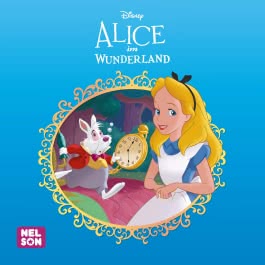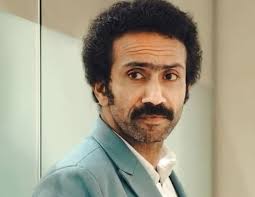The Unstoppable Force of Disney in Entertainment

Introduction
Disney, one of the most recognizable names in entertainment, has captivated audiences worldwide for almost a century. Founded in 1923 by Walt Disney and Roy O. Disney, the company has grown from humble beginnings creating animated shorts to a global powerhouse that shapes the fabric of pop culture. With its vast array of characters, films, and media properties, Disney’s influence is significant, making it a topic of interest in today’s fast-evolving entertainment landscape.
Disney’s Recent Projects
Recently, Disney has garnered significant attention with its ambitious projects. The release of the live-action version of “The Little Mermaid” in May 2023 was met with anticipation and discussion regarding representation, with Halle Bailey as Ariel. Additionally, the launch of new series and movies through Disney+, the streaming platform launched in 2019, has solidified its position in modern media consumption. Popular shows like “Loki” and “WandaVision” have been instrumental in tying into the Marvel Cinematic Universe, while animated series like “Baymax!” have continued to attract younger audiences.
Impact of Disney on Global Culture
Disney’s role extends beyond entertainment into cultural discussions. The company’s characters and stories resonate with audiences of all ages, promoting themes such as friendship, bravery, and perseverance. Disney has adapted its stories to reflect diverse cultures and ideologies, striving for representation in a multi-ethnic world. Films like “Raya and the Last Dragon” celebrate Southeast Asian culture, while recent efforts include collaboration with indigenous creators to ensure authenticity in portrayal.
Future Endeavors
Looking forward, Disney’s strategy includes increasing original content for its streaming platform while also expanding its theme parks, which are facing a resurgence post-pandemic. The anticipated opening of the “Frozen” themed land at EPCOT in 2026 reflects ongoing investments in genuine guest experiences. Furthermore, Disney plans to leverage technological advancements by integrating augmented reality (AR) and virtual reality (VR) into their attractions, allowing for an immersive entertainment experience.
Conclusion
As Disney continues to evolve, its blend of nostalgia and innovation secures its position as a cultural giant. The company’s effective storytelling, commitment to representation, and strategic expansion pave the way for a bright future. As new generations embrace its stories, Disney remains a quintessential part of not only the entertainment industry but also the broader conversation about culture and community in a diverse world.








